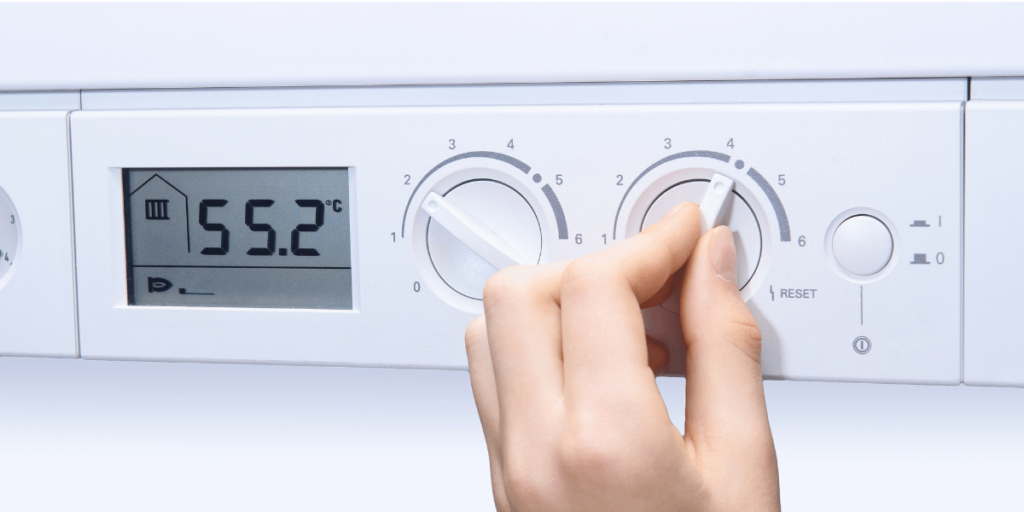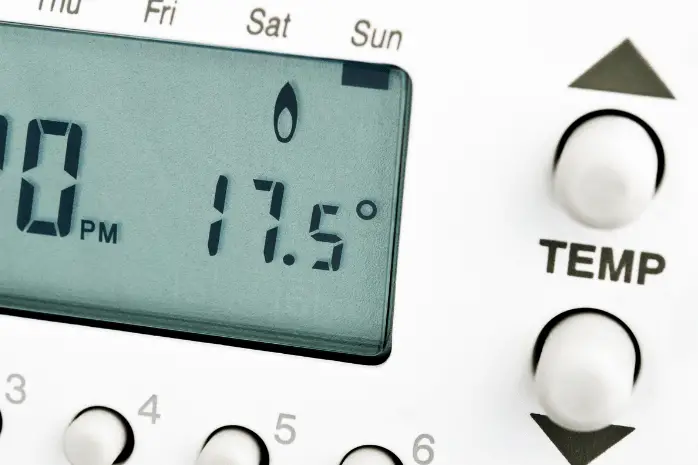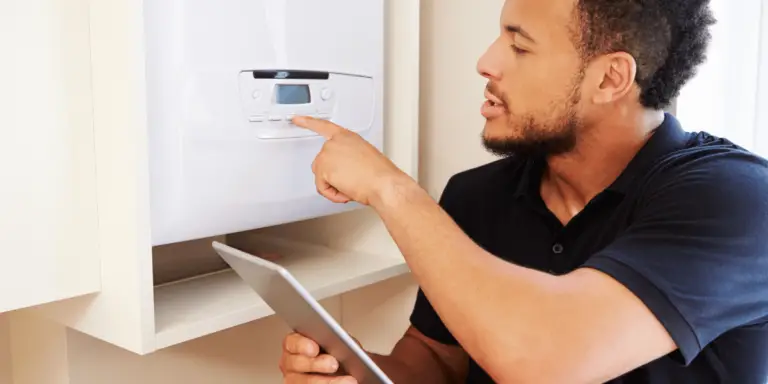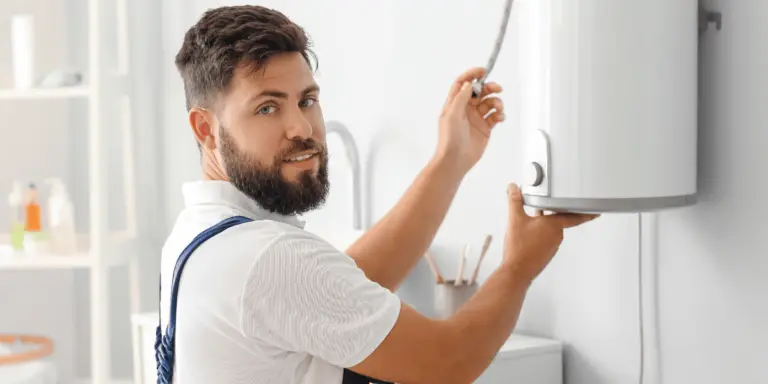In the quest for energy efficiency and lower heating bills, one simple yet effective method is often overlooked: turning down the flow temperature of your boiler. This guide will walk you through the process, explaining the concept, the steps involved, and the impact on energy efficiency.
Understanding the Concept of ‘Turning Down the Flow Temperature’
The ‘flow temperature’ is the temperature at which your boiler heats up the water before it’s sent off to your radiators. Most gas boilers are set up to operate at 80/60 flow and return temperatures. This means the boiler heats up the water to 80°C (the flow), and it returns to the boiler at 60°C (the return), having given off 20°C to the room.
However, these temperatures are too high for a condensing gas boiler to achieve the A-rated efficiencies that are often advertised. In reality, modern boilers have a variable efficiency between A-E, meaning they are not necessarily A-rated right out of the box. Studies have found most to be C-E-Rated in the home, equivalent to just 75-85% efficiency.
To give your boiler a chance to run in what is known as ‘condensing mode’ as much as possible, your installer should have reduced the flow temperature. Condensing mode is when the boiler can recover the heat that was previously lost through the flue on old style boilers. This is a more efficient way of operating, as it makes use of heat that would otherwise be wasted.
At 70/50°C, the boiler will start to operate in condensing mode. However, it’s only when the flow temperature is 60°C or lower that the boiler can recover enough heat to reach its higher efficiency potential. By ‘turning down the flow temperature’ to these lower levels, you’re enabling your boiler to operate more efficiently, saving energy and reducing your heating bills.
Checking Your Boiler Type
Before you start adjusting your boiler settings, it’s important to check the type of boiler you have. Not all boilers are designed to operate efficiently at lower temperatures. Condensing boilers are designed to be most efficient when the water returning to the boiler (the return temperature) is below 55°C, which allows the boiler to recover more heat from the flue gases. If you have a condensing boiler, it’s likely that you can benefit from turning down the flow temperature.
Adjusting the Boiler Settings
Locating the Boiler Control Panel
The first step in adjusting your boiler settings is to locate the boiler control panel. This is usually found on the front of the boiler and may be covered by a panel or door that you can open or remove.

Identifying the Temperature Control
Once you’ve located the control panel, look for the temperature control. This is usually a dial or digital display that allows you to adjust the temperature of the water that the boiler heats up (the flow temperature).

Adjusting the Temperature
To adjust the temperature, simply turn the dial or use the buttons to lower the flow temperature. Aim for a flow temperature of around 60°C to allow your boiler to operate in condensing mode and achieve higher efficiency.

Confirming the Changes
After adjusting the temperature, make sure to confirm the changes if necessary. Some boilers may have a ‘confirm’ or ‘enter’ button that you need to press to save the changes.
Returning the Control Panel to its Original State
Once you’ve confirmed the changes, return the control panel to its original state. If there was a panel or door covering the controls, make sure to close it.
The Impact on Energy Efficiency
Turning down the flow temperature of your boiler can have a significant impact on energy efficiency. By operating in condensing mode more often, your boiler can recover more heat from the flue gases, reducing the amount of energy it needs to heat up the water. This can lead to lower heating bills and a smaller carbon footprint.
Additional Ways to Improve Boiler Efficiency
1. Consider Weather Compensation Controls
If your boiler has a weather compensation control, this can further improve efficiency by adjusting the flow temperature based on the outside temperature. This means that on warmer days, the boiler will automatically lower the flow temperature, saving energy.
2. Use Thermostatic Radiator Valves (TRVs)
Thermostatic Radiator Valves (TRVs) can also help to improve radiator efficiency by allowing you to control the temperature of individual radiators. This means you can have lower temperatures in rooms that you use less often, saving energy.
3. Regular Maintenance
Remember, regular maintenance is key to keeping your boiler operating efficiently. Make sure to have your boiler serviced annually by a qualified professional to ensure it’s working safely and efficiently.
Conclusion
Turning down the flow temperature of your boiler is a simple yet effective way to improve energy efficiency and reduce heating bills. By understanding the concept, checking your boiler type, and following the steps to adjust the boiler settings, you can make a positive impact on your home’s energy use. Remember, every little bit helps when it comes to saving energy and reducing our carbon footprint.






